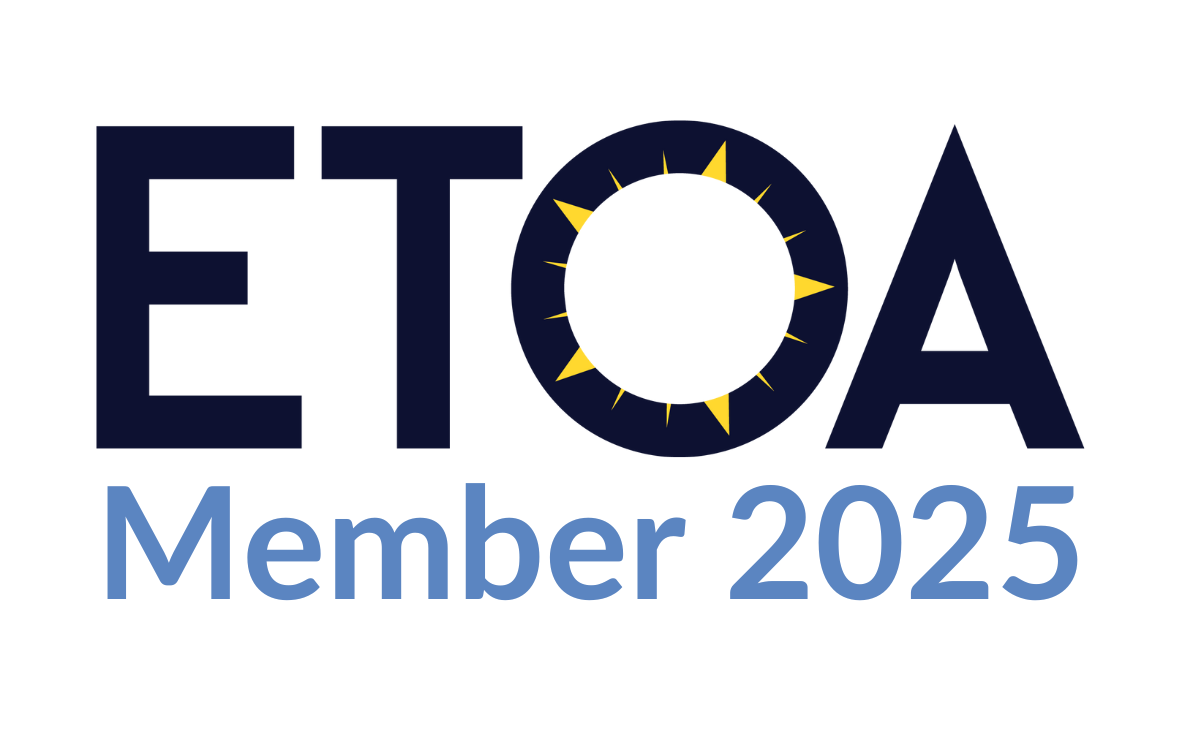Travel to Banat, a region where Danube River has created a majestic canyon in a scenic forested landscape, where crystal clear lakes and beautiful waterfalls could be seen, where old and rare man made attractions (railways, water mills) are still visible.
This part of the country is less known than the famous Transylvania or Danube Delta or the Black Sea coast, but it's just as interesting and perfect if you try to discover something that combines nature, adventure, but also relaxation and simplicity!
Departures: All year
Duration: 7 days / 6 nights
PRIVATE TOUR: Private tour
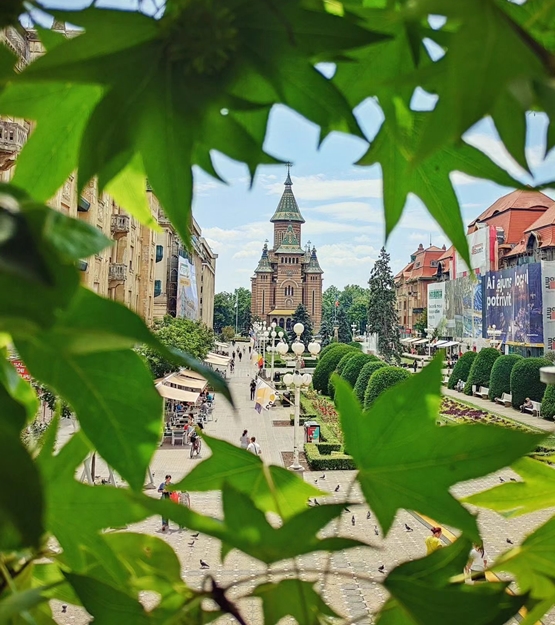
The tour starts in Timisoara. Today, you have accommodation in 4* hotel in the center of Timisoara.
The guide will take you today on a city tour here!
Timisoara is one of the freshest destinations you could find in Romania, or even in Europe! Why? Because it has been declared European Capital of Culture in 2023, thanks to its plenty attractions of many kinds - architectural, historical, and even natural.
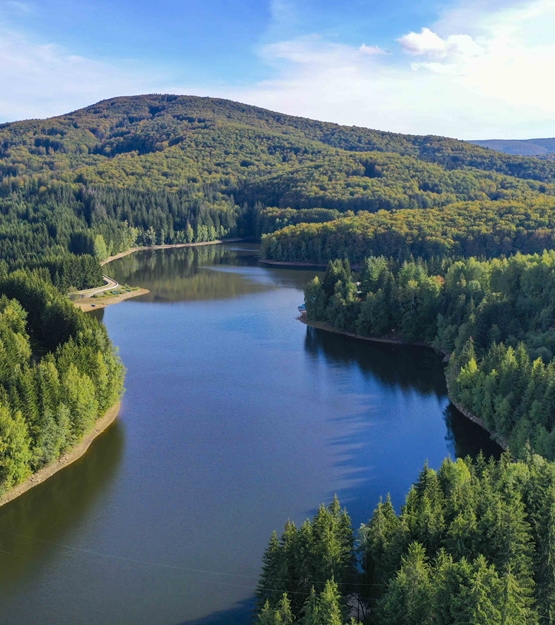
The day starts early! After breakfast at the hotel - departure to the mountain area of Banat region, south of Timisoara city.
We start the program with a beautiful walk in Garliste gorge (9km length, 5-7 hrs, medium walk with few difficult passages), remarkable limestone formation, both in length and in the variety of landscapes. During the path we have the chance to admire the impressive construction of the first railway in Romania (1863), including a tunnel and arced viaducts.
At night we will have accommodation in 3* guesthouse in the area.
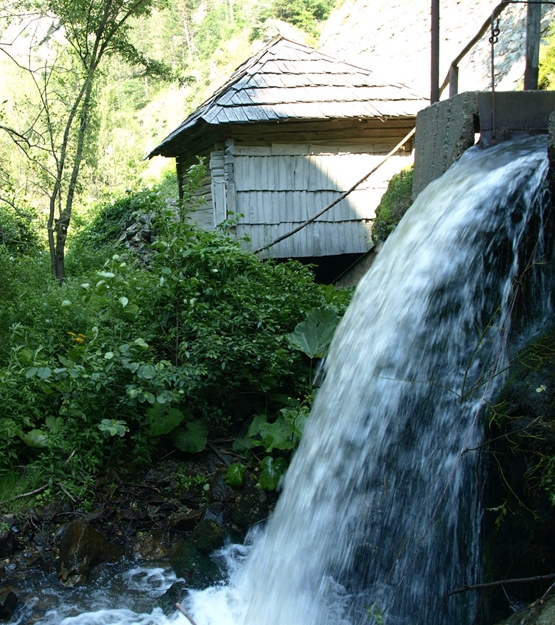
We continue the tour, driving to Bigar spring, one of the most beautiful waterfall from the world, a liquid veil covering the moss carpet around a big volcanic tufa rock. Another point of interest included today is the village of Eftimie Murgu where we will see the largest watermills park from SE Europe. Although the use of these primary hydraulic systems was introduced in the area in the second and third centuries, the first 8 mills were officially registered in 1722. We have the chance to understand the milling system in the museum at Rudaria, where a dismantled mill is exhibited.
Accommodation in the area, a 3* guesthouse.
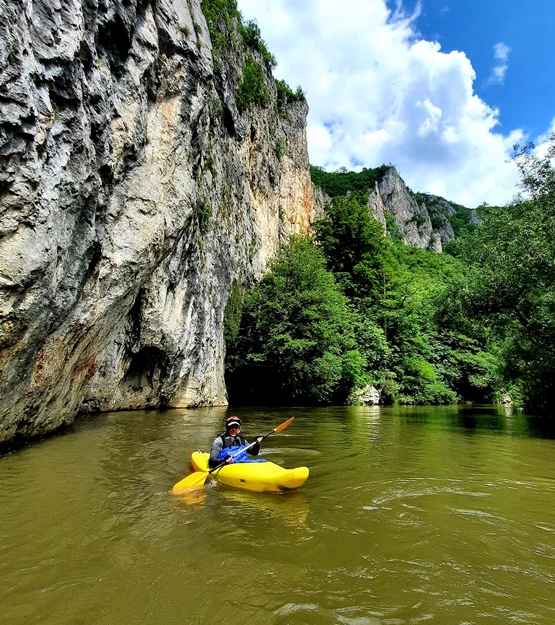
Today we focus on two beautiful trekking routes, ‘off beaten track’ dense forested pathways: Nera gorge and Beusnita valley, both attractions being included in the same-name National Park, the Park created in order to preserve unique natural beauties, consisting of a wide variety of woody and grassy plant species, specific to the climate with Mediterannean influences. The program includes walking along the gorge (the longest from the country, 19km), an unique cave with lake (Lacul Dracului – Devil’s Lake); then, Beusnita valley offers a series of several waterfalls and another scenic crystal clear lake (Ochiul Beiului) who never freezes.
During spring time there are great chances to do rafting on Nera river.
Accommodation in a 3* guesthouse in the area.
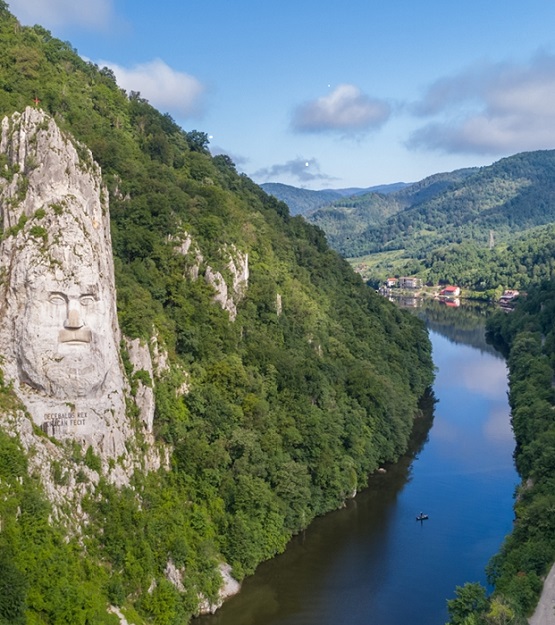
The program for today goes to the Danube river at the border with Serbia. The most beautiful part of the Danube river is situated on the place where it divides Carpathian (on our side) and Balkan (on the other side) Mountains. The place we go is the narrowest point in the Carpathian Mountains- Danube canyon: Cazanele Mari (The Large Boilers) and Cazanele Mici (The Small Boilers), only 119 m wide. The river’s erosion has formed beautiful caves and cliffs - maxim height reaches 500m. Near the mouth of the tributary river Mraconia we can see the face of the Dacian king Decebal, the biggest rock sculpture in Europe, having 40 m tall and 25 m wide. We take the boat on the Danube in order to visit two caves, Ponicova and Veterani, as well as 2,000 year-old Tabula Traiana memorial plaque, who marked one of the commercial and military roads built by the Romans.
Accommodation in 4* guesthouse near the Danube.
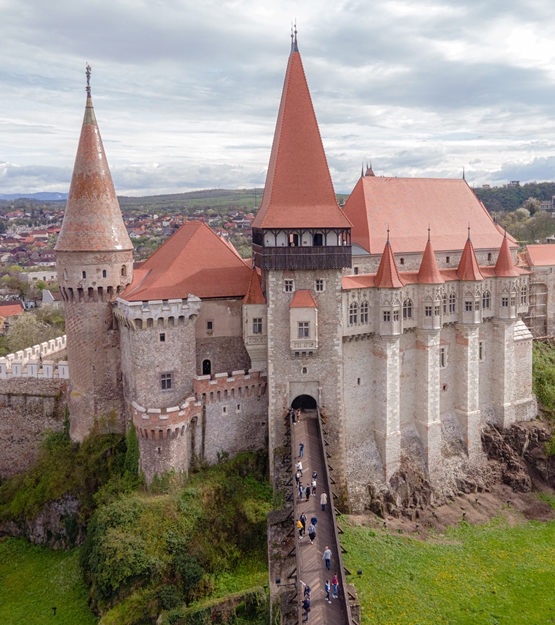
Driving back north, we have the opportunity to discover 3 beautiful historical attractions:
Sarmizegetusa Ulpia Traiana - the capital and the largest city of Roman Dacia, later named Ulpia Traiana Sarmizegetusa after the former Dacian capital, located in the vicinity. Ulpia Traiana was the political, administrative and religious centre of Roman Dacia in the 2nd and 3rd centuries. Today, the place remains in ruins, with a partly preserved forum, an amphitheatre, and remnants of several temples;
Densus - the place where we can find one of the oldest Romanian churches. This stone monument was built in the 13th century, and some historians assume it is a re-shaped Roman mausoleum;
Corvin/Hunyadi Castle (Castelul Corvinilor) - the greatest Gothic-style castle in Romania, Corvin was built by the Anjou family on the site of a former Roman camp. The castle served as a fortress until the mid-14th century when it became the residence of Transylvania's ruler, Iancu de Hunedoara. Iancu upgraded the fortress transforming it into the most stunning castle in Transylvania. The beautifully preserved structure features a sumptuous Knights' Hall, an impressive drawbridge, high buttresses, inner courtyards, a chapel and some 50 rooms resplendent with medieval art.
Accommodation at 4* hotel when we arrive back in Timisoara at night.
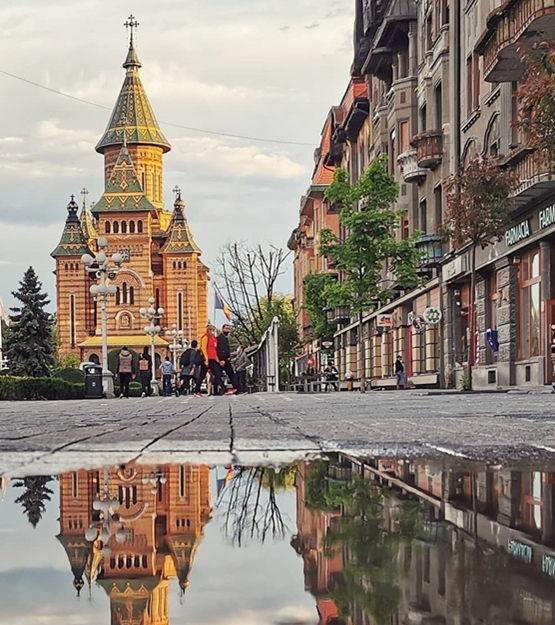
After breakfast in the morning, short time for shopping or just taking a break downtown, before your departure flight. Transfer to the airport.
890 EUR/pers (for a group of min. 6 persons travelling in minivan)
*for less people traveling together, the price will be revised
- Professional guide assistance, English speaking (or other languages upon request), during the whole trip;
- Transport by private modern AC car/mini-van (fuel and parking fees incl);
- Airport or hotel pick-up/drop-off;
- 6 night accommodation in 3* and 4* hotels/pensions;
- Entrance fees to the touristic attractions included in the itinerary;
- Photography fee;
- Meals, other than breakfast

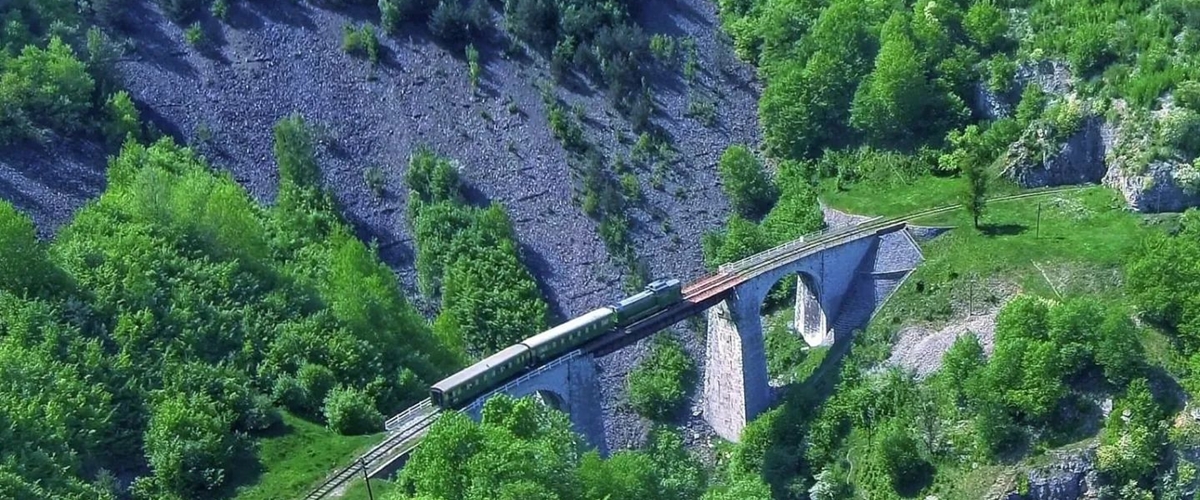


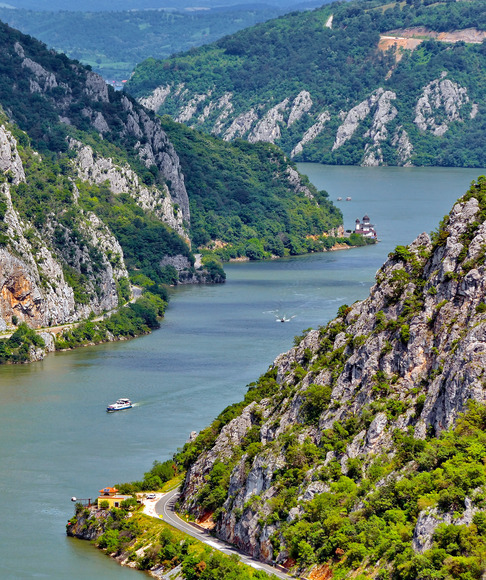
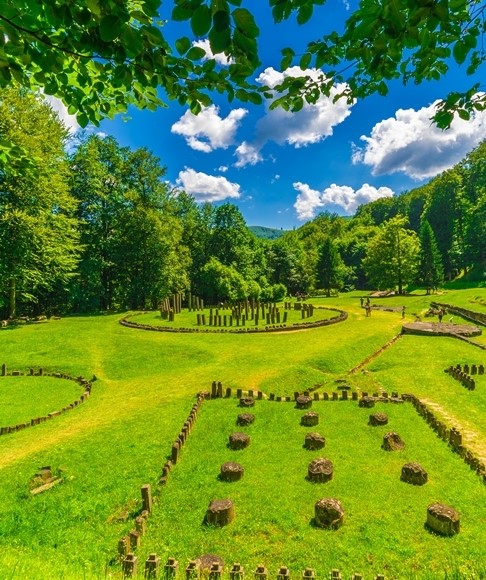


.png)


